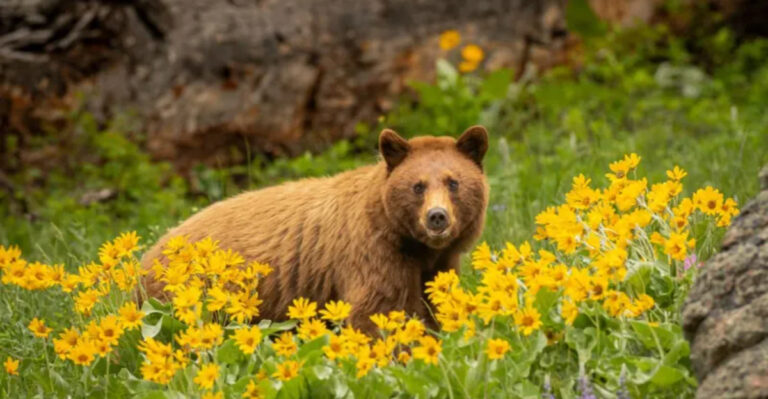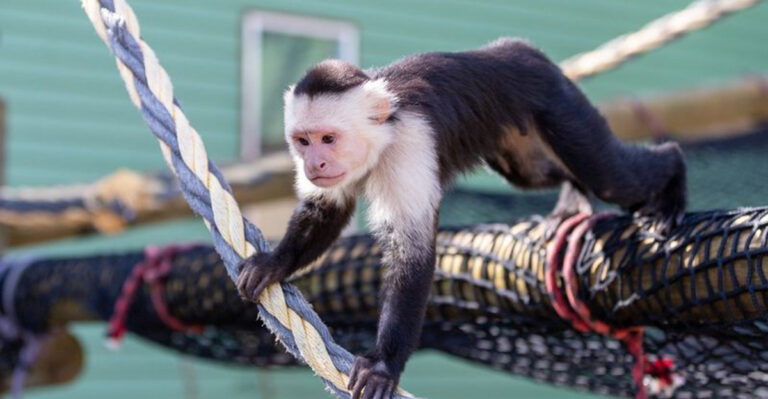13 Prehistoric Beasts From North America’s Ice Age
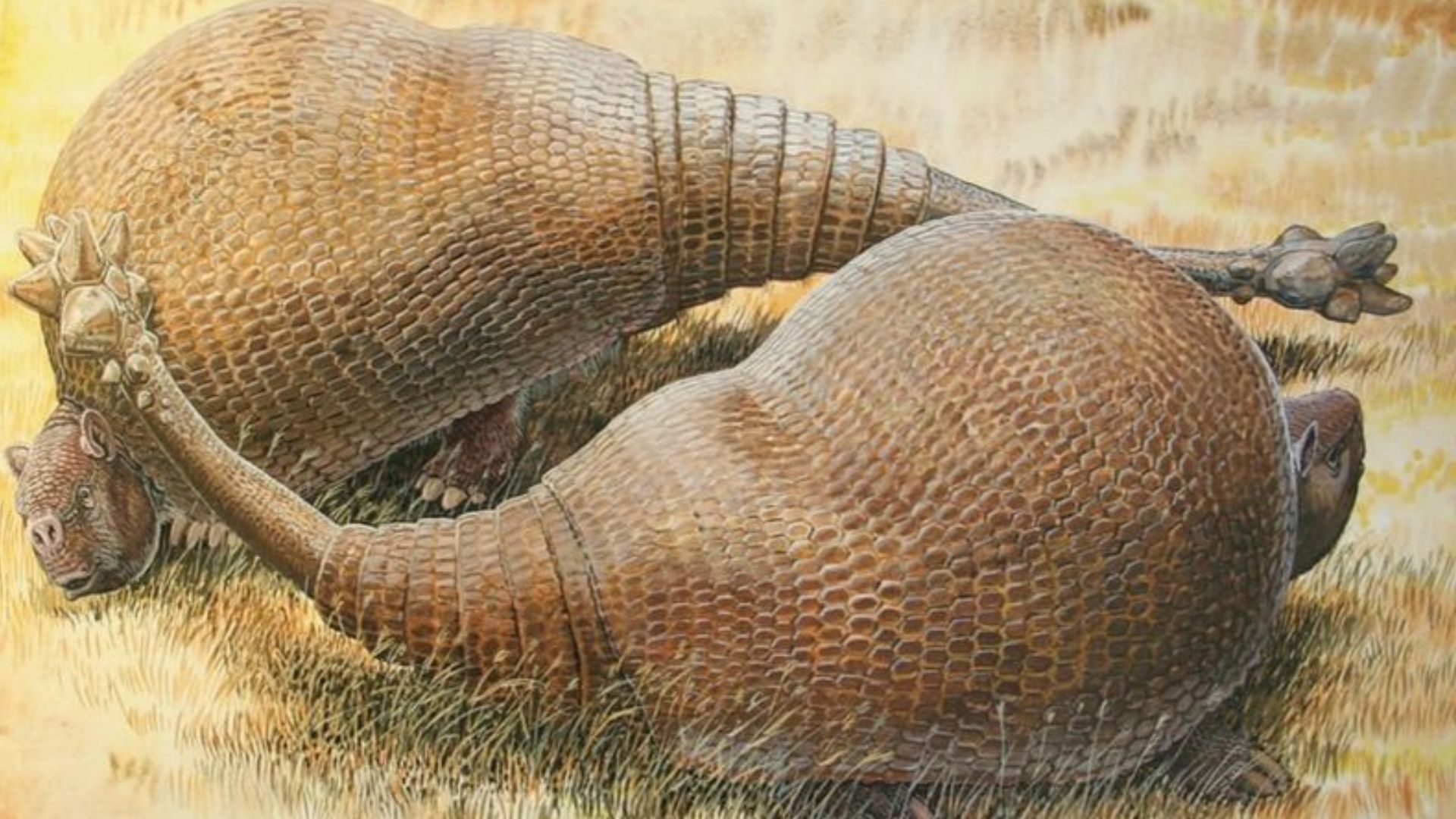
Welcome to the world of prehistoric North America, a land teeming with amazing creatures during the Ice Age.
From towering mammoths to fearsome saber-toothed cats, these fascinating animals roamed the continent thousands of years ago.
Let’s explore these incredible beasts that once called this icy landscape home.
1. Woolly Mammoth
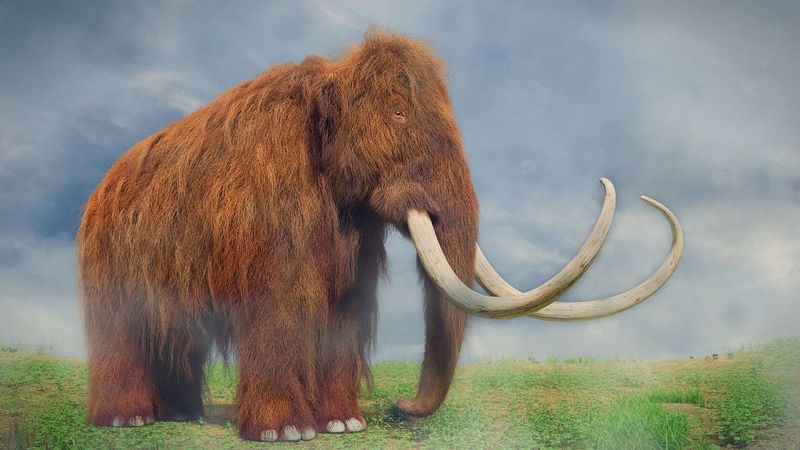
The woolly mammoth was a massive creature that roamed the frozen landscapes of North America. With its long, curved tusks and thick fur, it was well-adapted to the cold climate.
These giants lived in herds, using their tusks to dig through snow in search of food. Unfortunately, they disappeared around 4,000 years ago, likely due to climate change and hunting by humans.
2. Saber-Toothed Cat
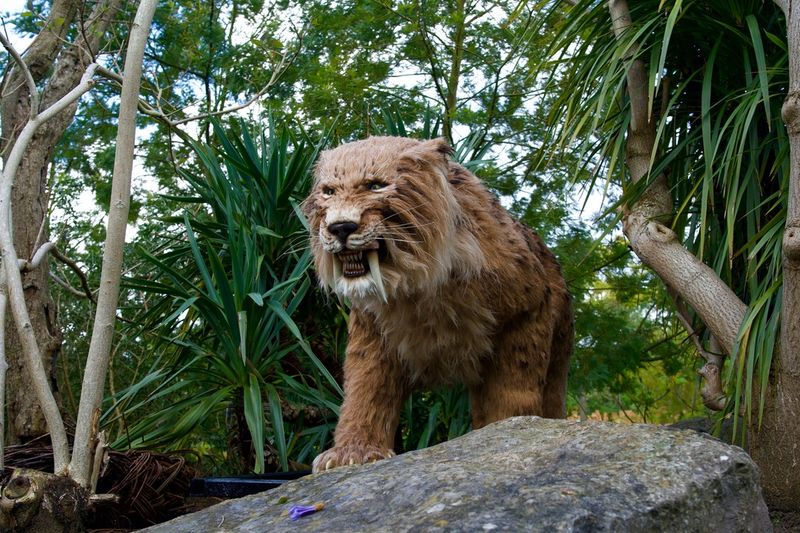
Known for its impressive canine teeth, the saber-toothed cat was a formidable predator.
It thrived in North America’s varied environments. These cats hunted large herbivores, using their fangs to deliver deadly bites.
Despite their prowess, they became extinct approximately 10,000 years ago. Changes in climate and prey availability likely contributed to their decline.
3. Giant Ground Sloth
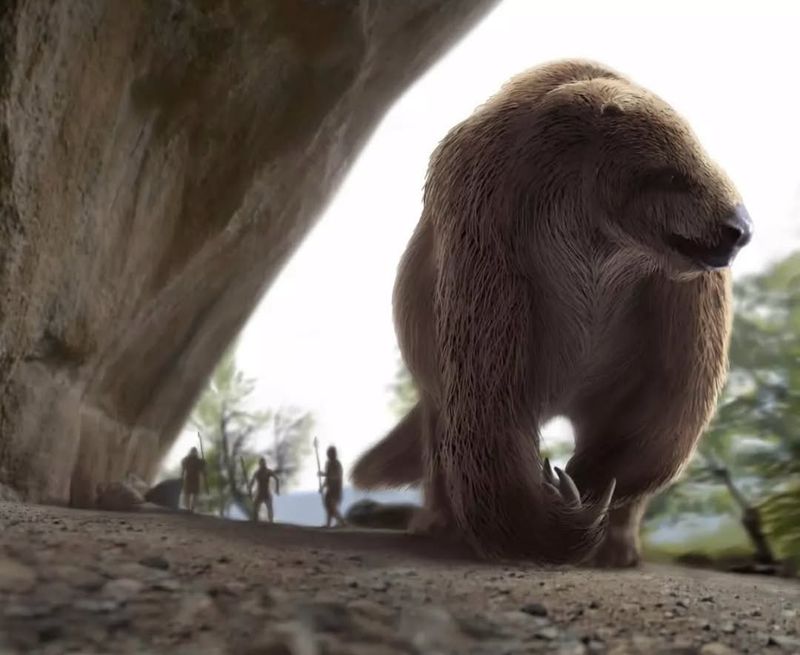
The giant ground sloth was a slow-moving mammal known for its immense size. Weighing up to several tons, it fed primarily on leaves and fruits.
Despite their size, they were gentle creatures. These sloths became extinct as the Ice Age ended, possibly due to human activity and environmental changes.
Their fossils have provided valuable insights into prehistoric life.
4. American Mastodon
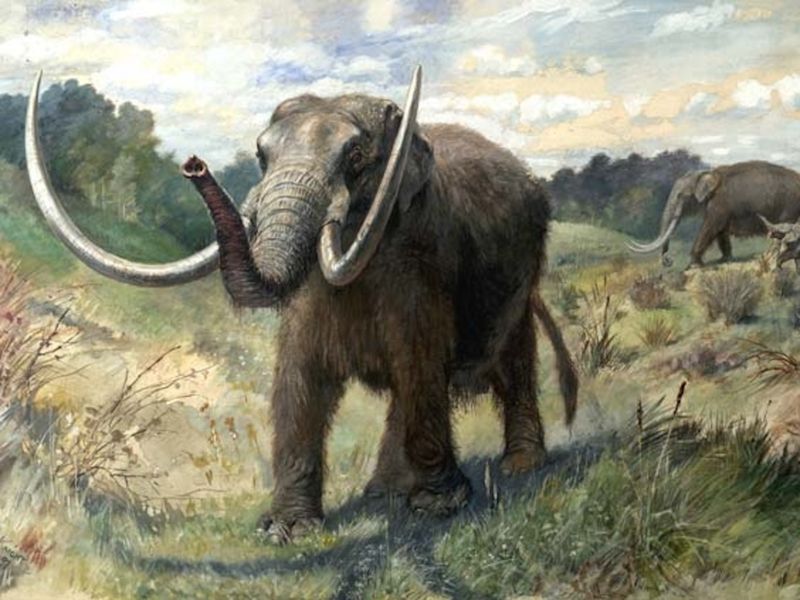
The American mastodon resembled its cousin, the woolly mammoth, but had different tusks and habitat preferences. They thrived in forests and wetland areas.
Mastodons were herbivores, feeding on twigs and leaves. Their remains are often found in peat bogs where they became trapped.
The last mastodons vanished about 11,000 years ago, as climate patterns shifted.
5. Short-Faced Bear
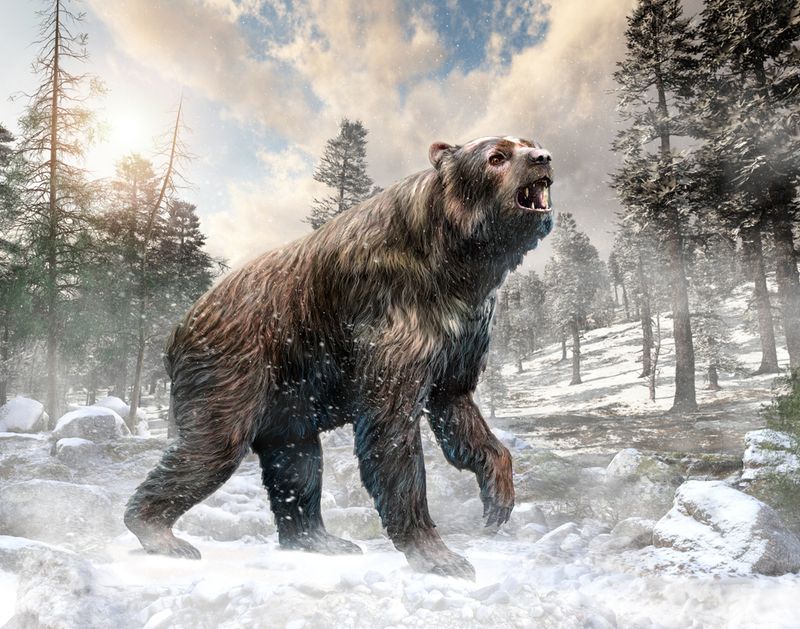
The short-faced bear was an imposing predator with long legs and a powerful build. It roamed across North America, preying on large mammals.
Despite its size, it was agile and fast, allowing it to chase down prey. By the end of the Ice Age, these bears disappeared, likely because of competition with humans and dwindling food sources.
6. Dire Wolf
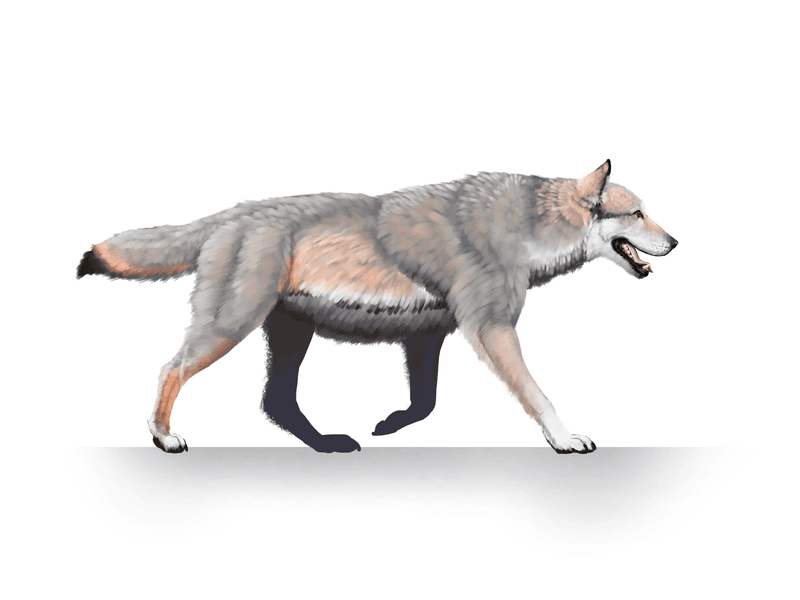
Dire wolves were larger and heavier than today’s gray wolves. They hunted in packs, targeting large herbivores like bison.
With robust jaws, they were capable of crushing bones. These wolves thrived in diverse habitats across North America.
Unfortunately, they became extinct around 9,500 years ago, possibly due to environmental changes and competition with other predators.
7. Columbian Mammoth
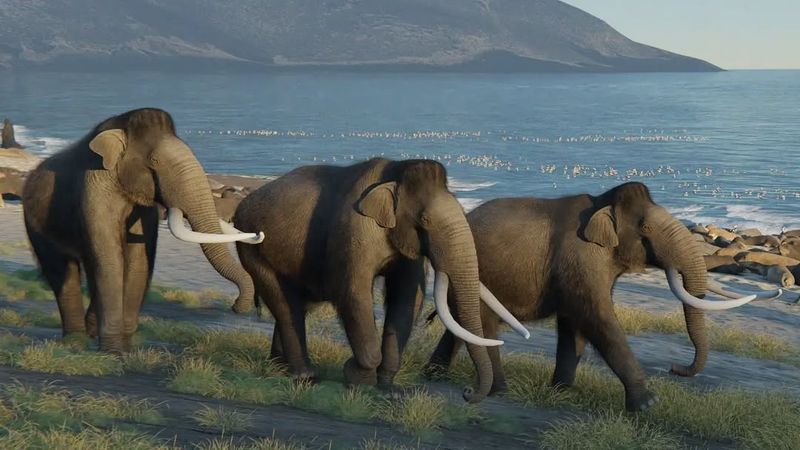
The Columbian mammoth was even bigger than the woolly mammoth, with some males reaching up to 13 feet tall.
They inhabited warmer regions of North America. Unlike their woolly relatives, they did not have thick fur.
By the end of the Ice Age, they too vanished, victims of climate shifts and human hunting.
8. Glyptodon
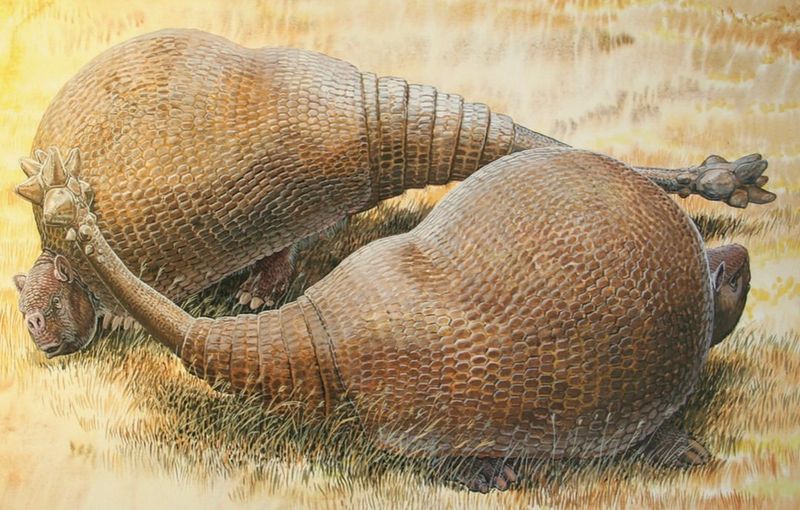
Their large, dome-shaped shells provided protection from predators. Weighing over a ton, they were formidable despite their slow movement.
Glyptodons fed on plants and were common in grassy areas. As the Ice Age ended, their numbers dwindled, likely due to habitat changes and hunting pressures.
9. American Lion
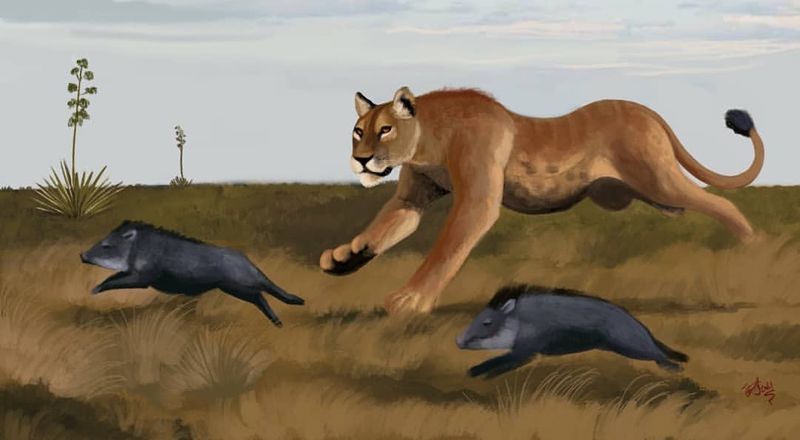
The American lion was one of the largest feline predators of its time. It lived in open habitats, hunting large prey like deer and bison.
With a powerful build, it was capable of taking down animals much larger than itself. However, it vanished around 11,000 years ago, as changing climates and human expansion altered its environment.
10. Smilodon
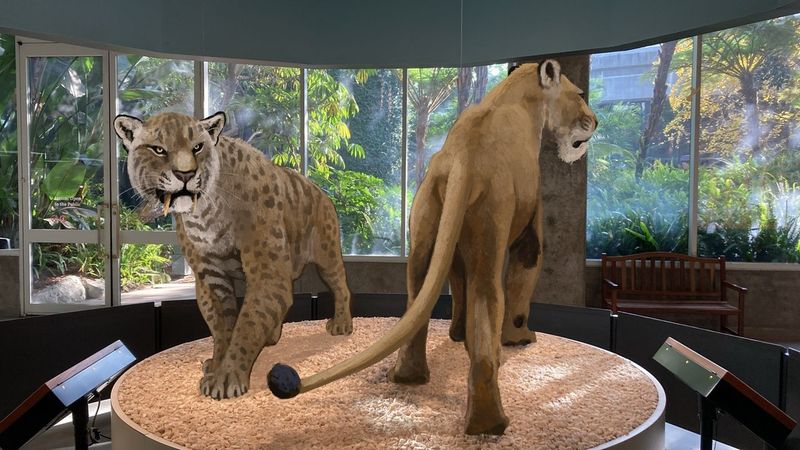
With long, curved canine teeth, this formidable predator roamed forests and open landscapes, hunting large herbivores.
Known for its fearsome appearance, it likely faced difficulties as prey animals became scarcer. As ecosystems evolved, Smilodon’s survival became increasingly challenged.
Eventually, these changing environments contributed to the extinction of this iconic species.
11. Megalonyx
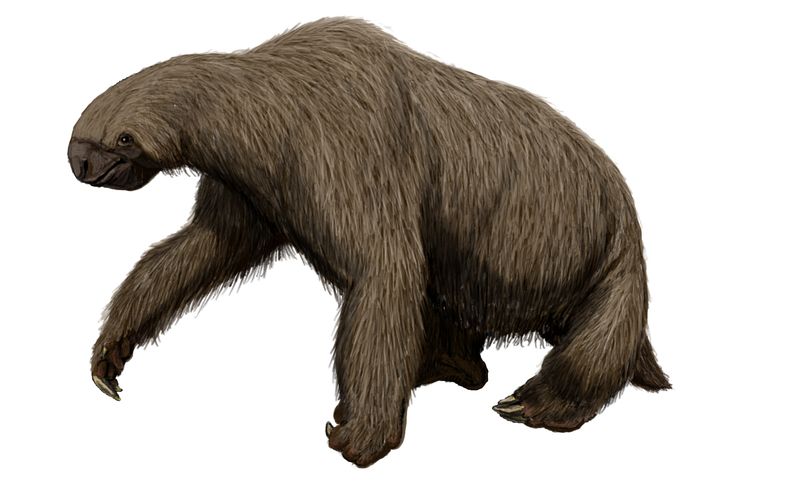
Megalonyx, part of the ground sloth family, was known for its size and strong limbs. Standing upright, it could reach high vegetation.
Megalonyx inhabited forests and woodlands, feeding on a variety of plant materials. Like many Ice Age giants, it became extinct due to climate changes and human activities.
Their remains help us understand Ice Age ecosystems.
12. American Cheetah
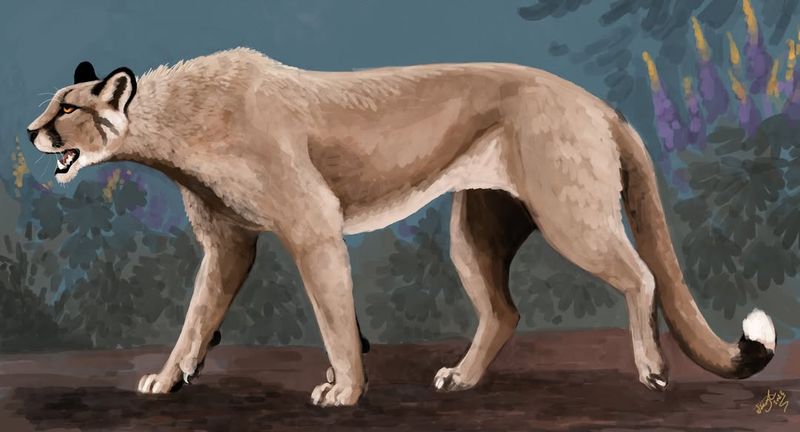
The American cheetah was an agile predator resembling today’s cheetahs, though built for different terrains. Speed was their forte, hunting swift prey like antelopes.
These cats adapted to open spaces of North America. As the climate changed and prey species disappeared, their numbers dwindled.
They serve as fascinating subjects for studying evolutionary convergence.
13. Ancient Bison
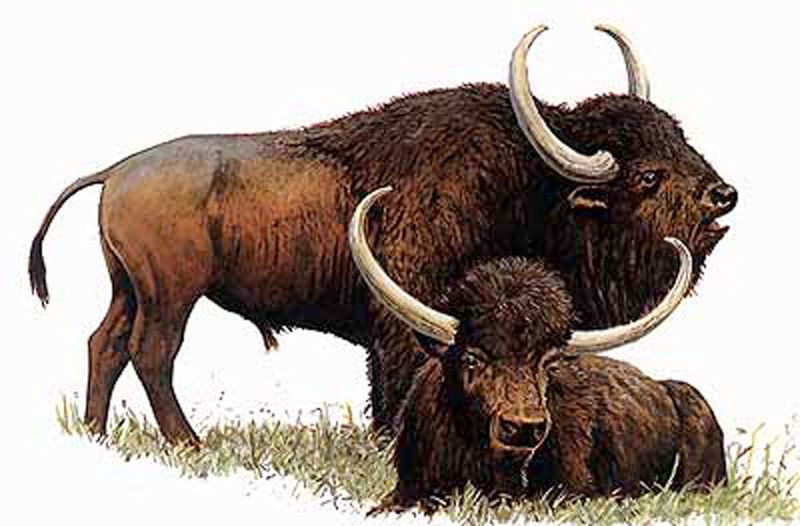
Ancient bison thrived in the grasslands of North America. They were larger than today’s buffalo, with imposing horns and a distinct hump.
These herbivores were a primary food source for predators. As human populations grew and climates warmed, bison herds diminished.
Fossils of ancient bison help trace the evolutionary history and interactions of Ice Age animals.

